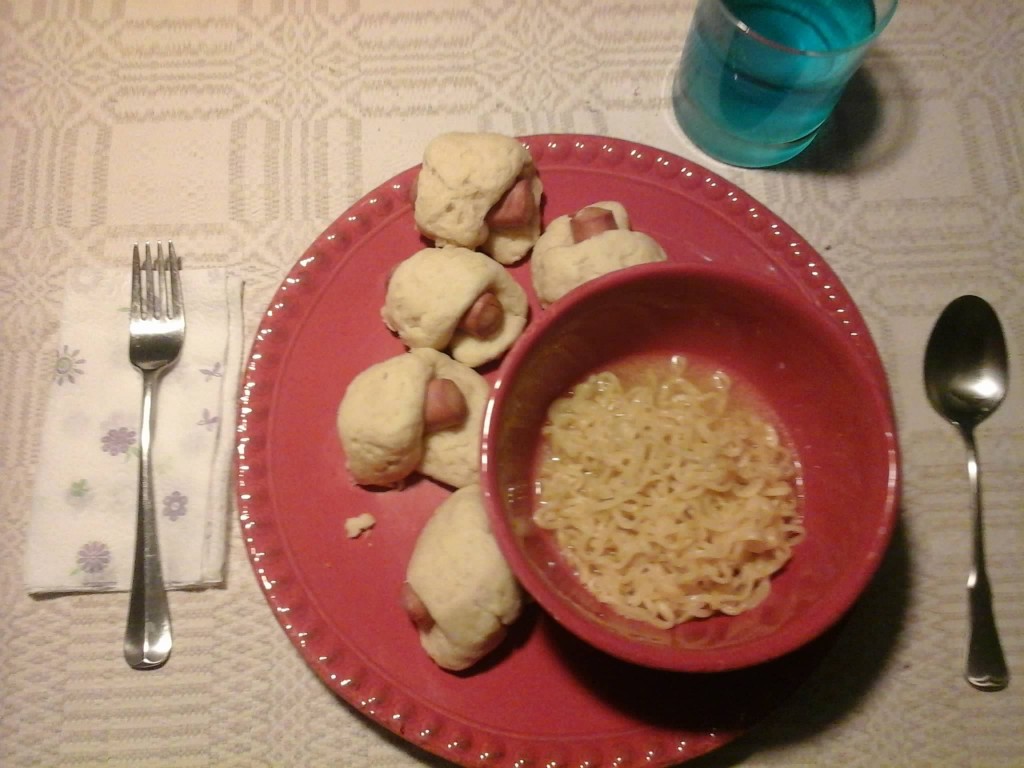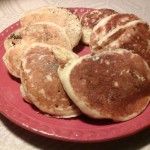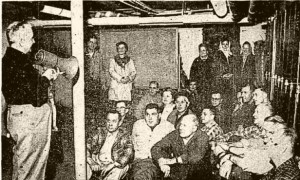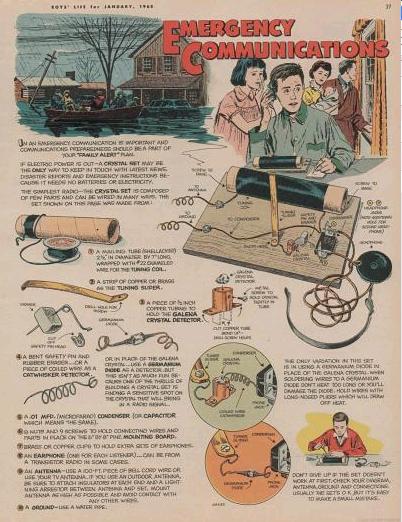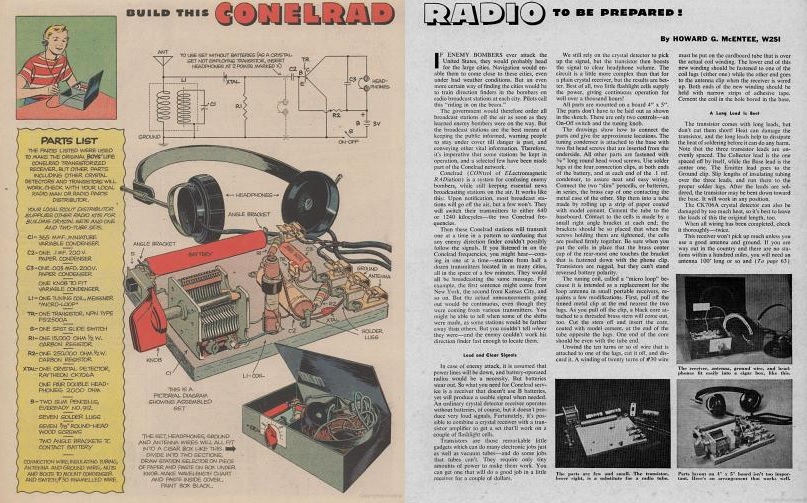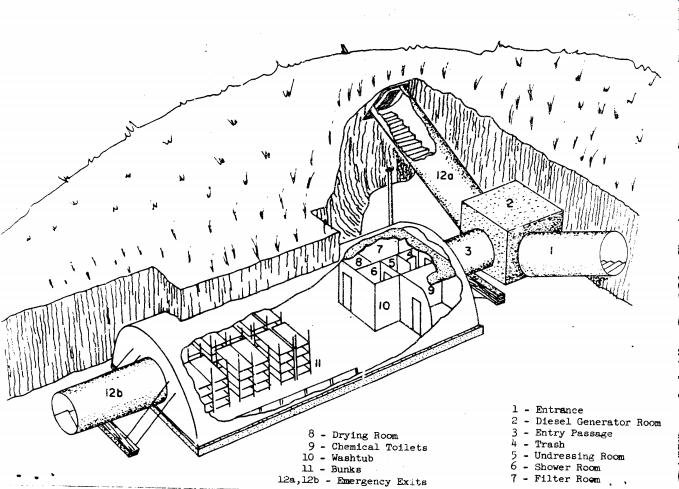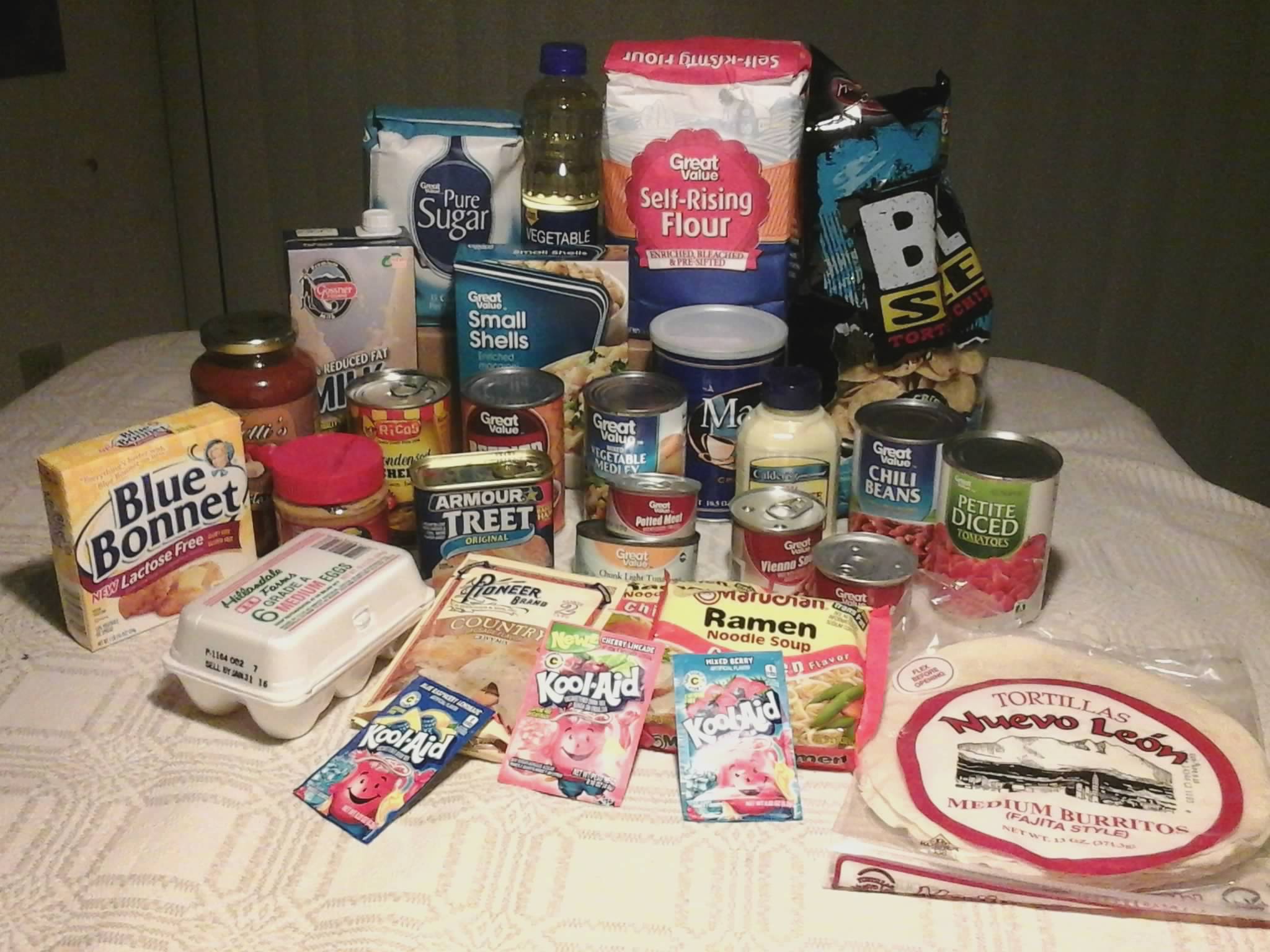
As I did in 2013, I will once again be taking the SNAP Challenge, starting in the next couple of days. I explained it in more detail when I originally took it, but the general idea is to subsist for seven days on $31.50 in food, which represents the average amount received by recipients of the SNAP program, formerly known as Food Stamps.
There seem to be two categories of people who take the challenge. The first group is made up of those who view the challenge as being extraordinarily trivial. Occasionally, one of them will announce that he or she is participating and go out and buy $31.50 worth of food. They often put little thought into what they buy, and they usually aren’t heard of after a few days. This is probably due to the fact that they failed.
The other group of people usually make it through the full seven days, but only after enduring a great deal of suffering. Like the other group, they usually make poor buying decisions by buying apparently “healthy” but expensive food. They usually suffer through the seven days, but are hungry most of the time.
I’m in the middle group. Last year, I discovered that the challenge was not trivial. But I also discovered that with a little bit of planning, I could eat quite well over the course of the seven days. This year, I’m doing it again, but with a new twist. One of the focuses of this blog is emergency preparedness, and I learned last year that the challenge also taught lessons for disaster planning.
On my website, I have a number of pages discussing emergency food storage. Since I don’t own any camouflage clothing, I’m not much of a “survivalist.” But even for those who are not contemplating a complete apocalypse, I believe that it is important to make preparations to be reasonably self-sufficient in emergencies. And having a reasonable amount of food in the house is one important preparation. In most cases, this “emergency food” is just part of the groceries we would normally buy. Therefore, the SNAP challenge is a good way to test these emergency supplies. Last year, my SNAP purchases included quite a few refrigerated items, such as hot dogs and ground beef. These would not be a good choice for emergency storage. This year, I made a point to store items that are similar to the kinds of things that can be stored for an emergency.
This is not a perfect test, because I also needed to stay under the $31.50 budget. Some of the storage food I would normally buy comes in larger quantities. Therefore, I have made a few substitutions:
I did buy six fresh eggs, which should stay in the refrigerator (although it’s relatively safe to store eggs at room temperature for a few days). For emergency storage, I would recommend Honeyville powdered eggs. Despite any bad reputation that powdered eggs might have, the Honeyville eggs are actually excellent, and indistinguishable from fresh eggs in cooking or baking. They can even be used for scrambled eggs, which taste almost as good as normal eggs. In a real emergency, I would use the Honeyville eggs. But for purposes of this test, they would be out of my budget. A large can costs almost $20. While they are economical, the can is much more than I need for one week. Therefore, I’m substituting fresh eggs, which cost me $1 for a half dozen.
I also purchased a pound of margarine. Margarine will keep outside of the refrigerator, but not for long-term use. In an actual emergency, there are other options. One option is canned butter (ghee) , which is fairly expensive. Another more economical option is Honeyville Powdered Butter, which I have not actually tried, but seems to have excellent reviews. Another surprisingly good option is Butter Flavor Crisco
, which is fairly expensive. Another more economical option is Honeyville Powdered Butter, which I have not actually tried, but seems to have excellent reviews. Another surprisingly good option is Butter Flavor Crisco , which can be stored. Last year, I didn’t purchase any cooking oil. This time, to help allay any concerns that I’m “cheating”, I did purchase vegetable oil, which I’ll use for most cooking. Therefore, my use of the margarine should be farily minimal.
, which can be stored. Last year, I didn’t purchase any cooking oil. This time, to help allay any concerns that I’m “cheating”, I did purchase vegetable oil, which I’ll use for most cooking. Therefore, my use of the margarine should be farily minimal.
My shopping list for the challenge does include a couple of items that have fairly long shelf lives, but not what one might consider “long term.” I have one package of tortillas, and one bag of tortilla chips. Both of these have an expiration date a few months out, so it’s not unreasonable to believe that they would be in a normal cupboard in time of emergency.
Finally, as I did last year, the main staple of my diet will be my five-pound bag of self-rising flour . The bag I just purchased has an expiration date of December 2015, meaning that it can be stored for almost a year. For actual emergency storage, I would recommend normal flour, since the “self-rising” flour is nothing more than normal flour with baking powder already added. But for the SNAP challenge, the self-rising flour is easier on the budget. The smallest can of baking powder, which would last months, was over a dollar. For emergency use, it would be better to purchase regular flour along with a can or two of baking powder.
. The bag I just purchased has an expiration date of December 2015, meaning that it can be stored for almost a year. For actual emergency storage, I would recommend normal flour, since the “self-rising” flour is nothing more than normal flour with baking powder already added. But for the SNAP challenge, the self-rising flour is easier on the budget. The smallest can of baking powder, which would last months, was over a dollar. For emergency use, it would be better to purchase regular flour along with a can or two of baking powder.
My focus on shelf-stable food means two big changes from last year’s challenge. First of all, I used two pounds of bread last year, and I don’t have the same luxury this year. But I had flour left over last year, so I’ll need to use the flour to make a substitute. Last year, I did have meat, in the form of hamburger, hot dogs, and sausages. This year, I’ll need to get by on canned meats. That will make things more challenging.
Finally, I should say a word about milk. I’ll be using shelf-stable milk . It’s always available at the dollar store for a dollar a quart, it has a shelf life of about a year, and it tastes just like any other milk. It’s a good choice for emergency storage, although since most of my uses are for cooking, powdered milk would be adequate. More information is available on my milk page.
. It’s always available at the dollar store for a dollar a quart, it has a shelf life of about a year, and it tastes just like any other milk. It’s a good choice for emergency storage, although since most of my uses are for cooking, powdered milk would be adequate. More information is available on my milk page.
As I did last year, I’ll spend a few hours the day before the challenge begins preparing some food. I’ll eat well during my week, but it does require advance preparation. And it’s more efficient to do most of the preparation all at once.
Today, I purchased the food shown above. My total expenditure was $26.99. I bought all of the food at either Walmart or Dollar Tree. The complete shopping list is shown below, along with the prices I paid. You can click on the links to see the exact items I purchased. (In a few cases, I couldn’t find the same brand online, in which case the link goes to an identical product of a different brand or size.)
- Walmart

- Coffee, 10.5 oz.
 $2.28
$2.28
- Sugar, 4 lb.
 2.32
2.32
- Self-rising flour, 5 lb.
 1.64
1.64
- Margarine, 1 lb.
 0.98
0.98
- Pasta shells, 16 oz.
 1.00
1.00
- Gravy mix
 0.88
0.88
- Refried beans, 16 oz.
 0.85
0.85
- Canned condensed cheddar, 16 oz.
 2.48
2.48
- Mixed vegetables, 15 oz.
 0.68
0.68
- Diced tomatoes, 14.5 oz.
 0.72
0.72
- 2 cans, Vienna Sausage
 0.86
0.86
- Vegetable oil, 16 oz.
 0.98
0.98
- Chili beans, 15.5 oz.
 0.68
0.68
- Armour Treet, 12 oz.
 1.58
1.58
- Ramen noodles, 2 pkgs.
 0.40
0.40
- Tuna, 5 oz.
 0.68
0.68
- Potted meat, 3 oz
 0.38
0.38
- Kool-Aid 3 pkgs.
 0.60
0.60
- Dollar Tree
Click Here For Today’s Ripley’s Believe It Or Not Cartoon

For lunch and supper, I made chili, using some of the Treet, one can of Chili beans, and one can of tomatoes. I’ve been grazing on the peanut butter cookies, so I made another batch. (I forgot to flatten them with a fork, but they taste OK.) Both are shown above.
I had one biscuit for lunch, but I’m starting to tire of them, so I had cookies with my chili for supper.
![]()


